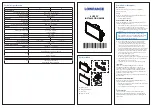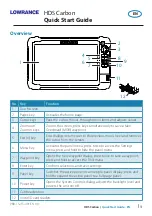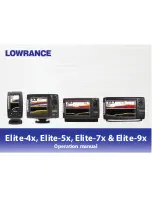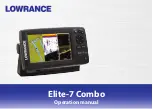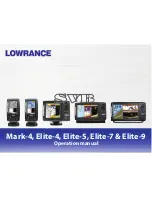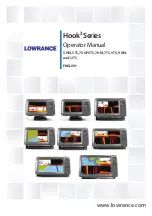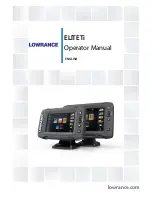
26
3. Routing the Cable
1. Once the mounting location is determined and you have marked the position of
the transducer, route the cable from the transducer to the depthsounder.
CAUTION!
Do not cut or shorten the transducer cable, and try not to damage the cable
insulation. Route the cable as far as possible from any VHF radio antenna cables or
tachometer cables to reduce the possibility of interference. If the cable is too short,
extension cables are available to extend the transducer cable up to a total of 50' (15 m).
For assistance, contact the Customer Resource Center at
www.humminbird.com
or call
1-800-633-1468
for more information.
4. Permanently Mounting the Transducer
NOTE:
Once permanently mounted, you will not be able to make further adjustments to
the transducer.
1. Make sure the position of the transducer is
marked.
2. Remove the water from inside the hull and
thoroughly dry the mounting surface. If the
surface is excessively rough, it may be
necessary to sand the area to provide a
smooth mounting surface.
3. Mix an ample quantity of two-part slow
cure epoxy slowly and thoroughly. Avoid
trapping air bubbles.
4. Coat the face of the transducer and the
inside of the hull with epoxy.
5. Press the transducer into place with a slight twisting motion to purge any trapped
air from underneath.
NOTE:
Puck or round, circular-bottomed transducers have no directional bias, and
therefore orientation of these types of transducers is not as important.
6. Weight the transducer so that it will not move while the epoxy is curing.
NOTE:
When the epoxy cures, no water is necessary inside the hull.
7. If you unplugged the transducer cable at the beginning of this procedure, plug it
back into the depthsounder.
NOTE:
Neither water, spilled gasoline, nor oil will affect the performance of the transducer.
In-Hull Transducer
Transducer
Cable
































